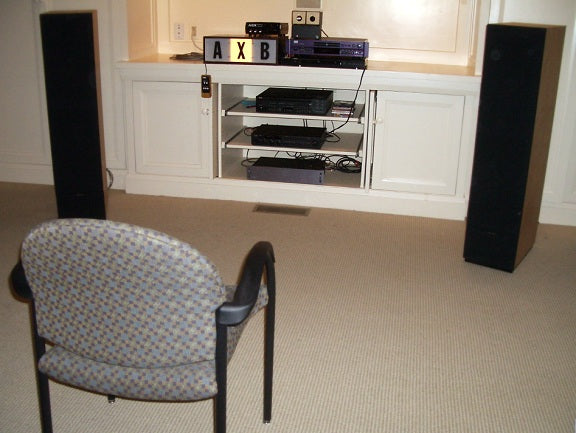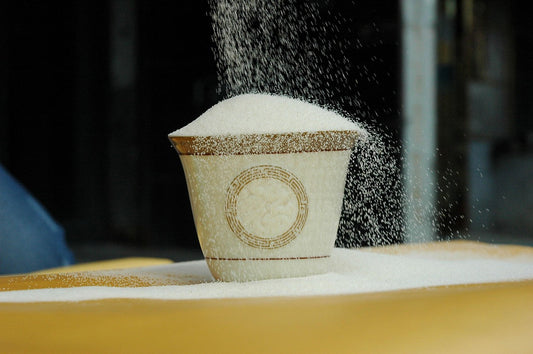I had mentioned in
yesterday's post I am one of the more prejudiced people I know when it comes to stereo equipment. May I add to that? I believe I am sometimes an audio snob, as well. I don't make fun of people's systems–not even mentally–unless they are putting that system up for critique, implying it is a reference system. Occassionaly systems offered as reference quality may at first appear worthy of turning my nose up, but once I hear them, I sometimes change my mind. This is rare but it always pleases me when someone has the skill to make great music out of lesser bits.
While working on a presentation about our upcoming DirectStream Transport–one of the few to legally stream DSD from SACD into a real DAC–I found an interesting article in Wikipedia.
In September 2007 the Audio Engineering Society published the results of a year-long trial, in which a range of subjects including professional recording engineers were asked to discern the difference between SACD and a compact disc audio (44.1 kHz/16 bit) conversion of the same source material under double blind test conditions. Out of 554 trials, there were 276 correct answers, a 49.8% success rate corresponding almost exactly to the 50% that would have been expected by chance guessing alone. When the level of the signal was elevated by 14 dB or more, the test subjects were able to detect the higher noise floor of the CD quality loop easily. The authors commented:
Now, it is very difficult to use negative results to prove the inaudibility of any given phenomenon or process. There is always the remote possibility that a different system or more finely attuned pair of ears would reveal a difference. But we have gathered enough data, using sufficiently varied and capable systems and listeners, to state that the burden of proof has now shifted. Further claims that careful 16/44.1 encoding audibly degrades high resolution signals must be supported by properly controlled double-blind tests.
Being an audio snob, and the fact that high resolution audio sounds so deliciously better than CD, this of course piqued my interest. I wondered, what was the system used as their reference? I dug a bit, and here's a picture.

What is it we're looking at here? Well, first, this appears to be one of the worst speaker setups I have ever seen–if the goal was to hear differences. Two speakers, toed in, up against the wall in a bare room. Not sure I could hear much from that either.
The playback equipment in this system consisted of an Adcom GTP-450 preamp and a Carver M1.5t power amplifier. Speaker cables were 8 feet of generic 12-gauge stranded wire; the line-level connecting cables were garden-variety. Three different players were used: a Pioneer DV-563A universal player, a Sony XA777ES SACD model, and a Yamaha DVD-S1500. The loudspeakers were a pair of Snell C5s. The CD-standard A/D/A loop was an HHB CDR-850 professional CD recorder.
Good grief! There were actually 4 systems, but this was the primary. The others looked worse.
I'll have more to say tomorrow.
 What is it we're looking at here? Well, first, this appears to be one of the worst speaker setups I have ever seen–if the goal was to hear differences. Two speakers, toed in, up against the wall in a bare room. Not sure I could hear much from that either.
What is it we're looking at here? Well, first, this appears to be one of the worst speaker setups I have ever seen–if the goal was to hear differences. Two speakers, toed in, up against the wall in a bare room. Not sure I could hear much from that either.







